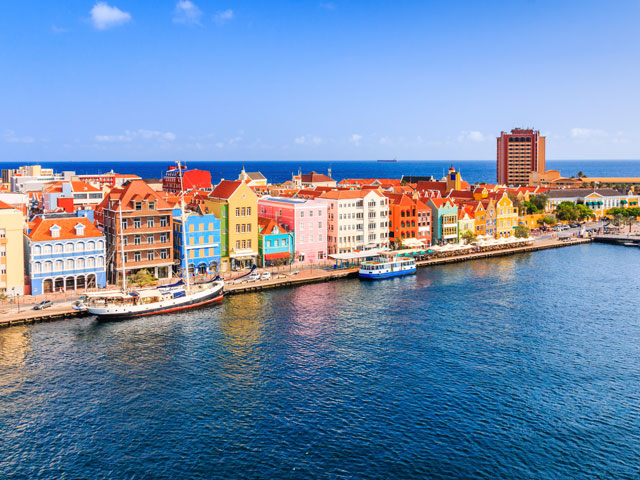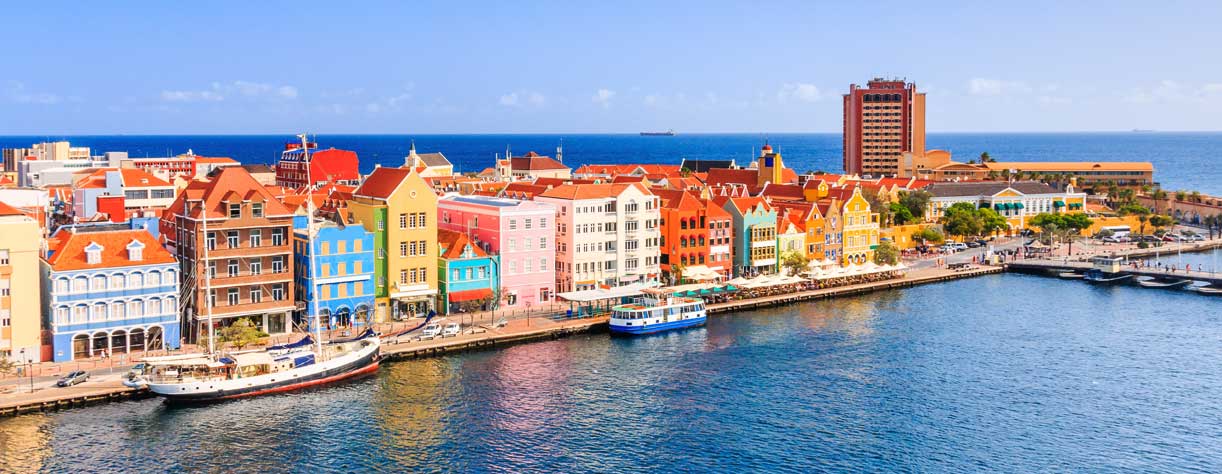Curaçao
Cruise to the beautiful Caribbean island of Curaçao
The beautifully dramatic coastlines of Curaçao offer hidden beaches and wide open coral reefs, with the pastel-hued houses of the capital of Willemstad nestled at it's heart. Join us on a Curaçao cruise to immerse yourself in its intriguing architecture, markets and laid back atmosphere. [ReadMoreMob]
Uncover a rich cultural heritage
Similar to Amsterdam, but with the warmth of the Caribbean, Willemstad is separated into two areas, Otrobanda and Punda, both with a rich cultural legacy. The Queen Emma Bridge, known locally as the Swinging Old Lady, connects the two districts, and swings open daily to allow entry to visiting boats and cruise ships. With a distinctly Dutch feel, its historic waterfront of colourful buildings has been designated as a UNESCO World Heritage site, where the buildings must be repainted every few years to withstand the intense Caribbean sun, resulting in a rich architectural tapestry.
Uncover Natural Wonders
Curaçao is home to an abundance of beautiful beaches and coral reefs that sit alongside hideen caves begging for exploration. Christoffel Park is home to a rich variety of flora and fauna, including wild orchids and aloe vera plants.
Cruises to Curaçao
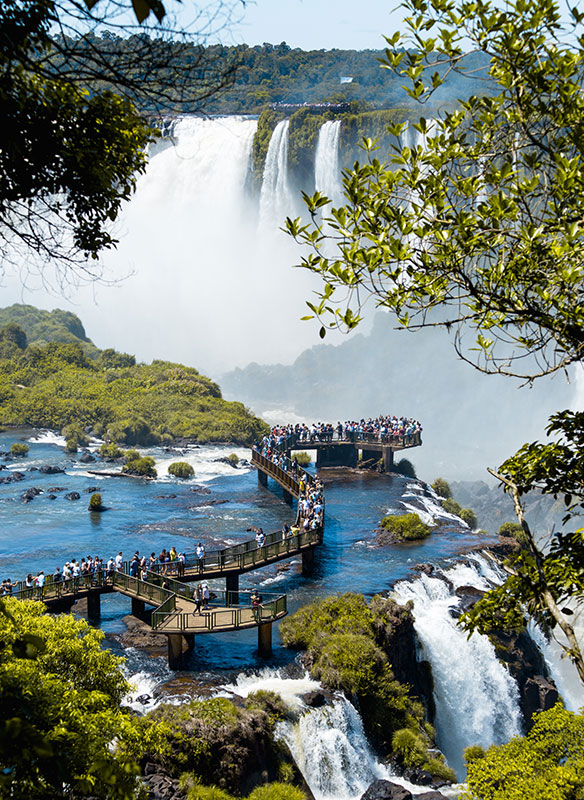
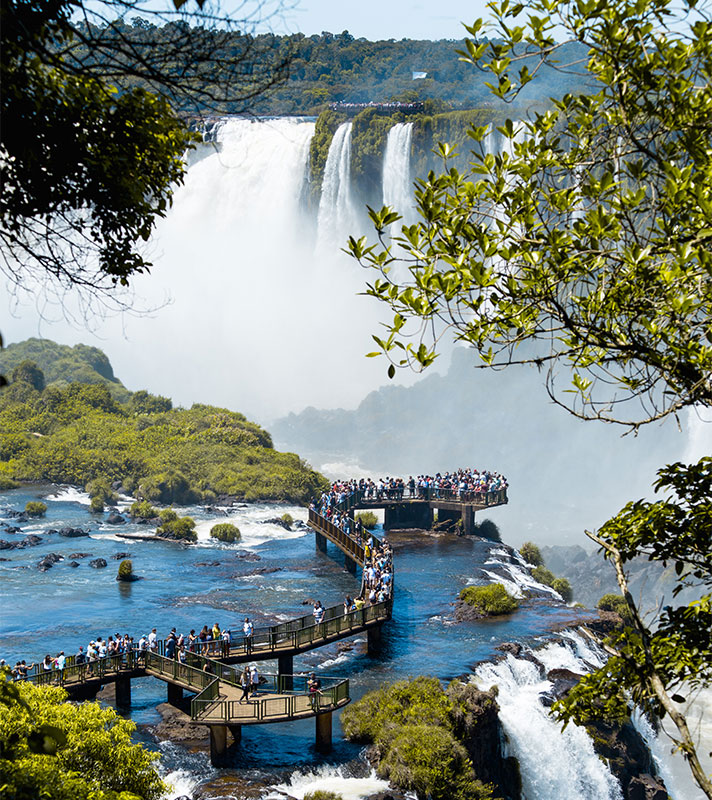
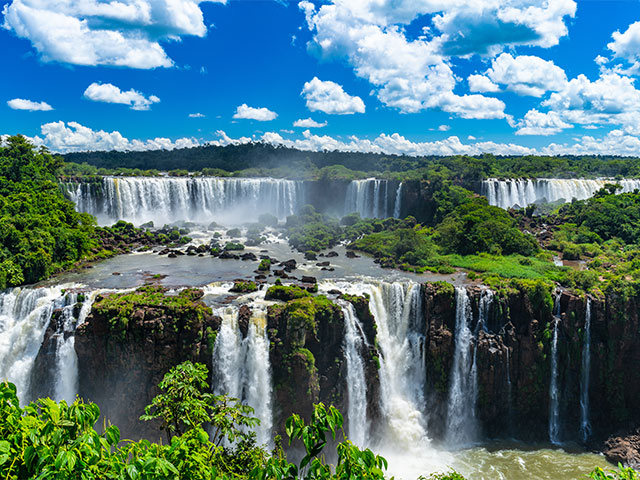
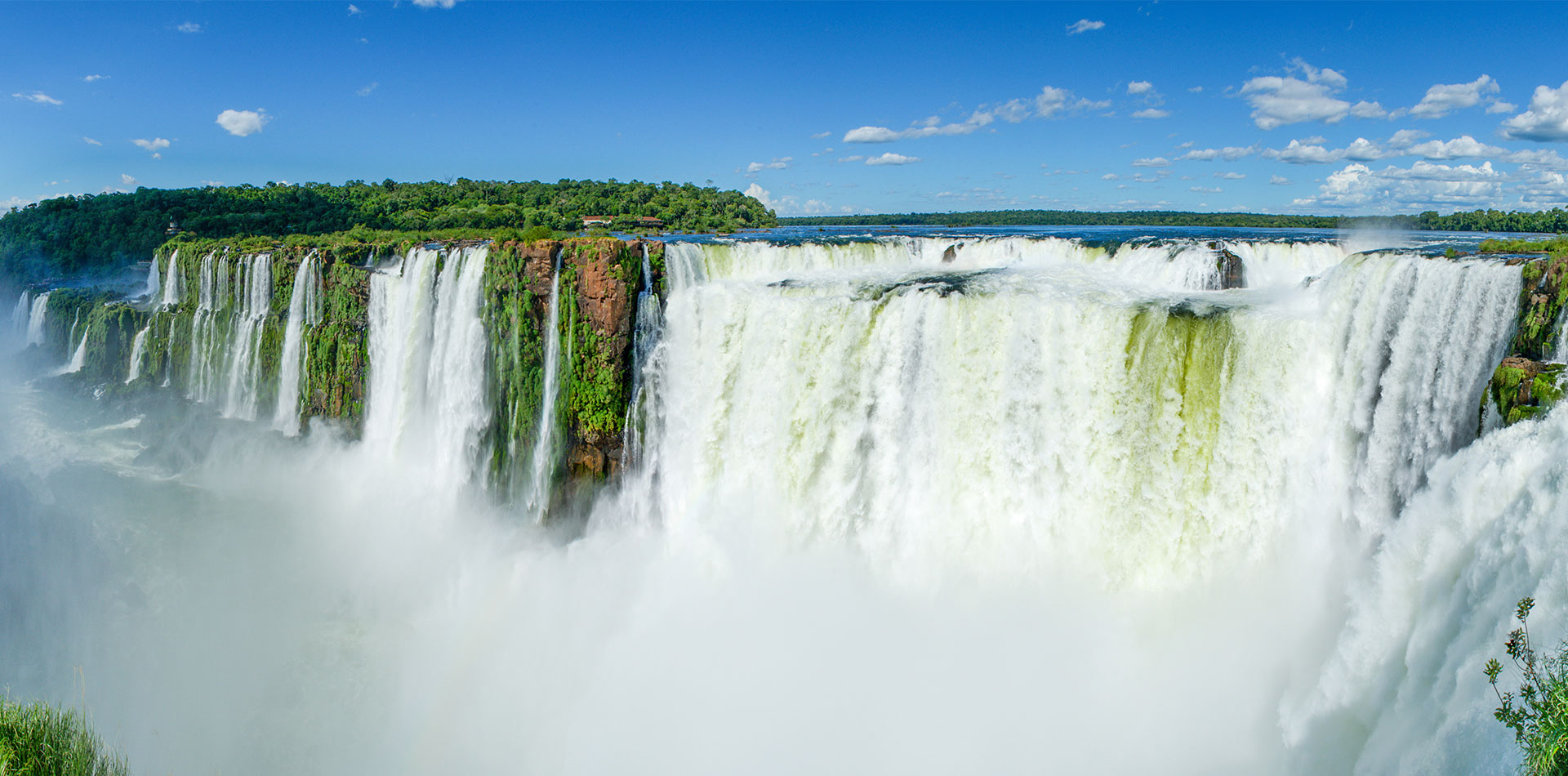
Exploration of South America and the Antarctic S2603
- Witness dramatic Antarctica landscapes
- Experience the atmosphere of the Rio Carnival
- Visit Machu Picchu during an overnight stay
Showing 1 - 1 results


